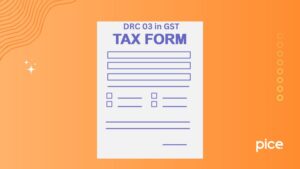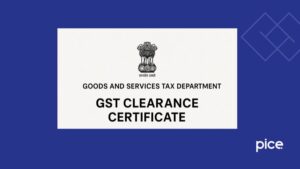Atta GST Rate: HSN Code & GST Rate on Wheat Flour
- 20 Aug 24
- 12 mins
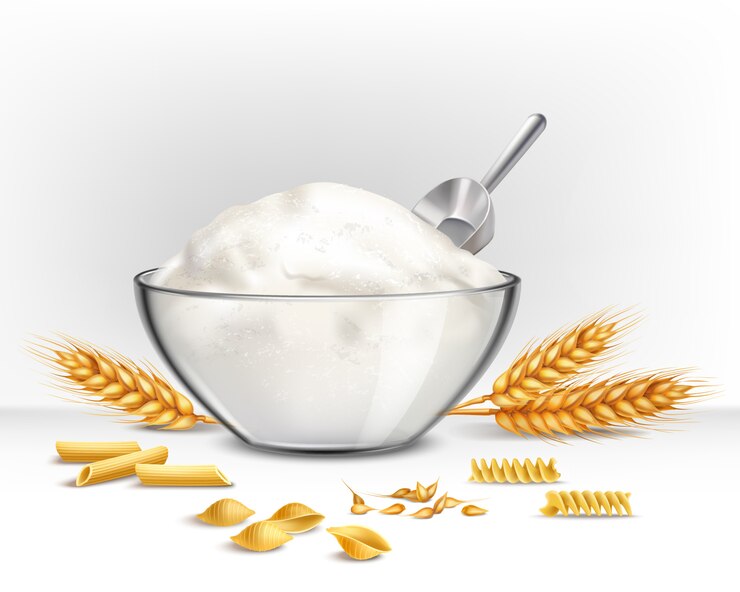
Atta GST Rate: HSN Code & GST Rate on Wheat Flour
Key Takeaways
- Puffed rice attracts a 5% GST rate due to its processed nature.
- Unbranded and loose rice is exempt from GST, but branded and packaged rice is taxed at 5%.
- HSN codes are essential for correctly classifying products and determining applicable GST rates.
- Accurate HSN code usage ensures compliance and proper tax filing for rice and wheat varieties.
- Different cereals have varying GST rates, necessitating businesses to stay updated with GST notifications.
The implementation of the Goods and Services Tax (GST) in India marked a significant overhaul of the tax structure, affecting all sectors, including essential commodities like food. This article explores the GST rates applied to staples such as rice, wheat, cereals, and flours, providing a comprehensive understanding of their fiscal treatment under the new tax regime.
What is GST?
GST, or Goods and Services Tax, is a comprehensive indirect tax levied on the manufacture, sale, and consumption of goods and services in India. It is a single, unified tax system that replaces multiple indirect taxes such as VAT, service tax, and excise duty. GST is designed to streamline the tax structure, promote ease of doing business, and create a common national market. It operates on a multi-stage, destination-based model, meaning the tax is collected at each stage of the production process but ultimately borne by the end consumer.
How does GST apply to food items?
GST (Goods and Services Tax) applies to food items in a tiered manner, intended to maintain affordability and accessibility, especially for essential staples. Here’s a breakdown of how GST impacts different types of food products in India:
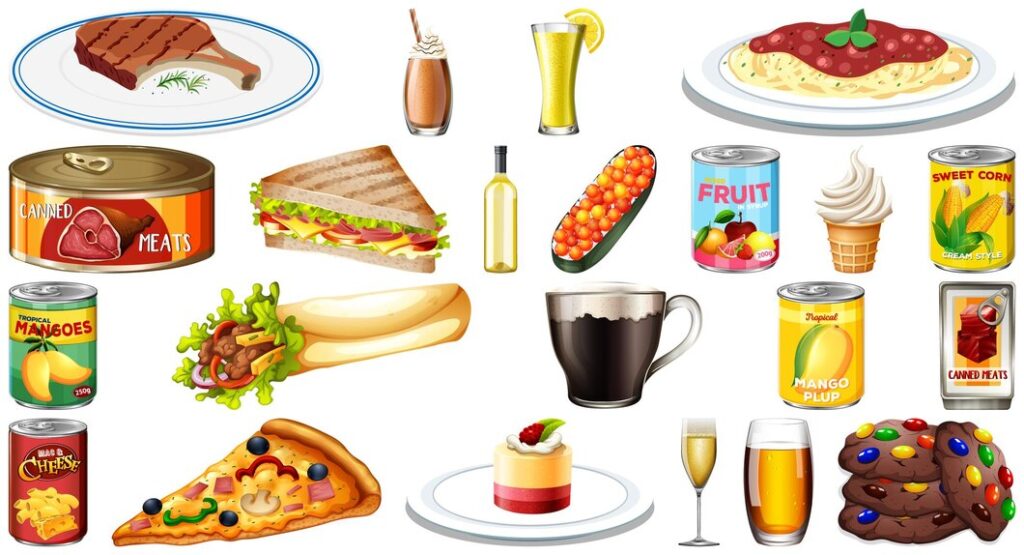
- Exempted Category: Basic food items that are considered necessities are exempt from GST. This includes unbranded and unpackaged staples such as fresh fruits, vegetables, milk, eggs, meat, and unprocessed grains like rice and wheat. The exemption is aimed at ensuring that these essentials remain affordable for all sections of the population.
- Lower Rate Category (5%): Some processed food items are taxed at a lower rate of 5% to encourage minimal taxation on near-essential goods. This includes items like packaged cereals, skimmed milk powder, branded paneer, frozen vegetables, coffee, tea, spices, pizza bread, rusk, and sabudana (sago).
- Standard Rate Categories (12% to 18%): More processed food items, which are considered non-essential but are popularly consumed, fall under these categories. This includes frozen meat products, butter, cheese, ghee, dry fruits in packaged form, animal fats, sausage, fruit juices, and namkeen. These items are taxed at higher rates because they undergo more processing and are branded, adding more value.
- Higher Rate Category (28%): Some luxury or sin goods related to food, such as aerated water and beverages containing caffeine, are taxed at the highest GST slab of 28%. This category is typically for goods considered harmful or non-essential.
GST on food items is designed to be progressive, taxing luxury and non-essential items at higher rates while keeping basic food necessities within everyone’s reach by exempting them from GST or taxing them at lower rates. This structure aims to balance the government's revenue needs with consumer affordability.
Taxation of Key Food Items under GST
What is GST on Rice?
Rice is a crucial staple in the Indian diet and is treated with sensitivity under the GST framework. When rice is unbranded and sold loose, it is exempt from GST, meaning there is no tax applied, ensuring that it remains affordable for the masses.
However, when rice is sold as branded or packaged, it attracts a GST rate of 5%. This differential treatment underscores the policy to exempt basic necessities from tax burdens but apply taxes to value-added forms.
GST on Wheat Flour and Other Cereals
Similar to rice, wheat and other basic cereals also enjoy a GST exemption when they are sold loose and unbranded. This exemption is aimed at maintaining low prices for essential dietary staples.
On the other hand, if these cereals are sold in packaged or branded forms, they are subject to a nominal GST rate. This approach is consistent with the general GST strategy to levy taxes based on the level of processing and branding, reflecting higher value addition.
Flours (Atta, Maida, Besan)
- GST Slab Rate on Sale or Purchase of Atta Flour
The taxation approach to flours like atta (whole wheat flour), maida (refined flour), and besan (gram flour) is aligned with that of cereals. When these flours are sold in packaged and branded forms, they attract a 5% GST.
| Product | HSN Code | GST Rate |
|---|---|---|
| Atta (Whole Wheat Flour) | 1101 | 5% |
This rate is intended to tax only those products that have undergone significant processing or branding, thereby adding value. Unbranded or loose sales of these flours typically remain exempt from GST, promoting affordability and accessibility of basic food components in their natural or minimally processed states.
This structured taxation policy helps keep essential food items like rice, wheat, and basic flours accessible at lower costs, while generating revenue from more processed and branded food products.
Detailed Analysis of GST Rates
GST on Puffed Rice
Puffed rice, a popular snack in India, is categorized as a processed food item. Despite its simplicity, the process of puffing rice is considered a value-added activity, which results in a GST rate of 5%.
This rate is uniformly applied, irrespective of whether the puffed rice is branded or not. The consistent application of a 5% GST underscores the recognition of added processing involved, which differentiates it from basic, unprocessed rice that is exempt from GST.
Raw Rice Mixed with Dehydrated Vegetables and Spices
Mixtures of raw rice with dehydrated vegetables and spices, commonly sold as convenient, ready-to-cook meals, are taxed at a higher GST rate of 12%. This rate reflects the significant value addition due to both processing and the inclusion of multiple ingredients.
These products are typically aimed at providing quick meal solutions while offering enhanced flavor and convenience, justifying the higher tax bracket compared to basic grains.
GST for Products of the Milling Industry
Products derived from the milling industry, including processed grains and various types of flours, attract a GST rate of 5%. This sector primarily involves mechanical processing of grains to produce different forms of flours, such as wheat flour, rice flour, and others.
The 5% GST rate is applied to these products when they are branded or packaged, reflecting the added value from both processing and branding. This rate is part of a broader GST policy aimed at taxing processed and value-added products more than unprocessed commodities, which often remain tax-exempt to ensure their affordability for the general populace.
GST Notifications and Updates

The GST (Goods and Services Tax) framework in India involves various notifications and updates that affect the taxation of food items.
Here’s a detailed overview of how these updates influence different categories:
- Unit Containers and Labeling Requirements
Food items that are pre-packaged and labeled are subject to specific GST rates. These packaging and labeling guidelines are crucial for determining the applicable GST rate, which often differs based on whether the item is sold loose or in unit containers.
- Exemptions and Nil Rates
Certain basic food items are exempt from GST to ensure they remain affordable. This includes most unbranded staple foods like rice, wheat, and certain cereals. There are also provisions for nil rates on essential commodities under specific conditions as outlined in GST notifications.
- Special Food Categories
Unique food items like mango flour and cereal germ have specific classifications under the GST regime, each with designated rates that reflect their utility and processing levels.
- GST Rate Updates
GST rates for food items are periodically updated to reflect changes in economic policies or in response to industry feedback. These updates are communicated through official GST notifications.
- Actionable Claims
Certain provisions relate to actionable claims, where GST might be applicable or exempt depending on the nature of the transaction and the items involved.
- Tax Invoices and Compliance
The issuance of tax invoices for transactions involving food items is regulated under GST, with specific requirements that ensure transparency and proper tax collection.
- GST Slabs and Rates for Specific Items
Detailed GST slabs are available for various food items, including meslin (mixed) flour, puffed rice, and other processed goods. Each slab is determined based on the item's necessity and level of processing.
- Notifications for Specific Items
Certain food items, like basmati rice, have received specific attention in GST notifications, often to clarify tax rates or exemption conditions.
These updates and notifications ensure that the GST system remains adaptive and considerate of both economic conditions and the essential nature of various food items. They aim to balance revenue generation with the affordability of basic necessities.
Exemptions and Special Considerations
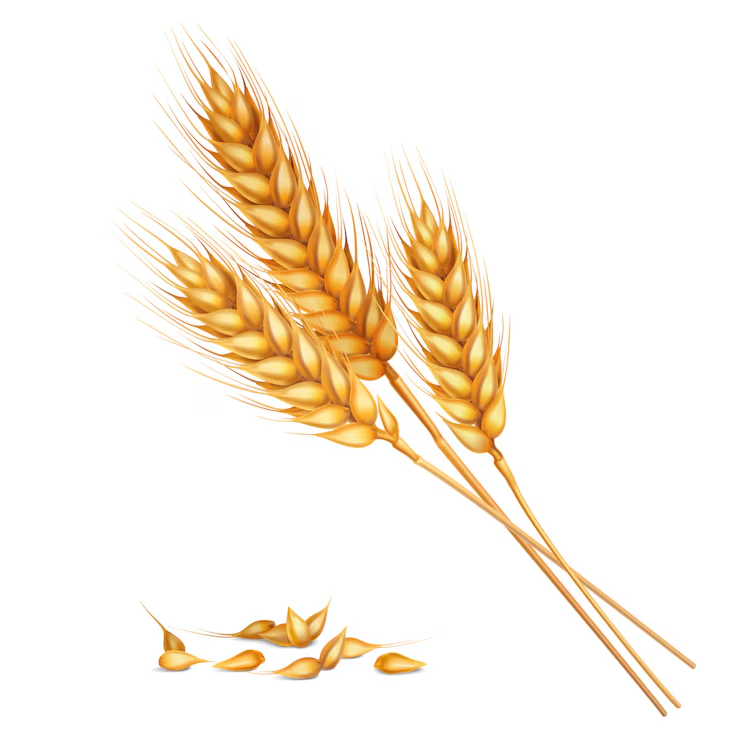
Under the GST framework in India, there are specific exemptions designed to make essential food items more accessible and affordable to the entire population.
Here’s an overview of these exemptions and special considerations:
Exemptions for Basic Food Grains
- Unbranded Rice and Wheat: These staples are exempt from GST when sold loose and unbranded. This exemption is crucial because rice and wheat form the foundational diet for a large portion of the Indian populace. By exempting these items from GST, the government prevents price increases due to additional taxes, maintaining affordability for all economic sectors.
Special Considerations
- Other Basic Food Items: In addition to rice and wheat, other essential food commodities such as fresh fruits, vegetables, milk, eggs, and meat are also exempt from GST. This policy is part of a broader strategy to keep primary food necessities within economic reach of the entire society.
- Impact on Local Markets and Agriculture: These exemptions also support local markets and farmers by encouraging the consumption of locally produced goods, which are often sold unbranded and loose.
The exemptions under GST for basic food items reflect a deliberate policy choice to shield the most essential goods from additional tax burdens, thereby supporting economic equity and food security.
Impact of GST on Consumers and Traders
The introduction of GST (Goods and Services Tax) in India has had significant effects on both consumers and traders, particularly in the food sector. Here’s a detailed look at the impact:
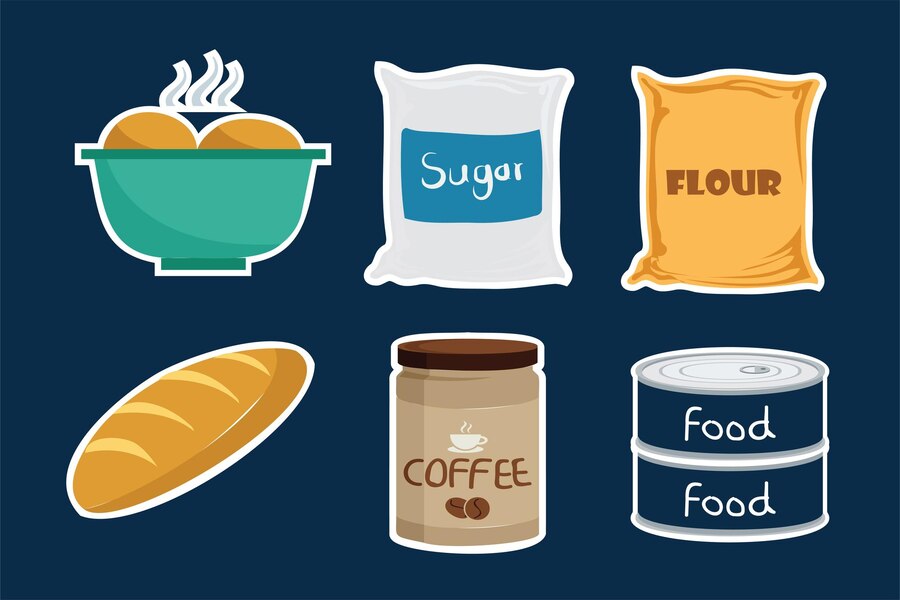
Impact on Consumers
- Price Stability for Essential Goods: By exempting basic food grains like unbranded rice and wheat from GST, the government has ensured that the prices of these essential commodities remain stable and affordable. This exemption is crucial for maintaining food security and affordability for the general population.
- Slight Increase in Prices for Branded and Packaged Goods: For branded and packaged food items, including cereals, flours (atta, maida, and besan), and processed foods like puffed rice, the GST rate of 5% can lead to a slight increase in prices. However, this increase is generally marginal and reflects the value addition and branding of these products.
- Access to a Wider Range of Products: The structured taxation system under GST has led to better compliance and transparency in the market, providing consumers with a wider range of quality-assured, pre-packaged, and labeled commodities.
Impact on Traders
- Simplified Tax Structure: The introduction of GST has replaced multiple indirect taxes with a single, uniform tax structure, simplifying the tax compliance process for traders. This has reduced the burden of managing various state and central taxes.
- Input Tax Credit: Traders benefit from the input tax credit system under GST, which allows them to claim credits for the taxes paid on inputs. This has helped reduce the overall tax burden and improve cash flow for businesses.
- Compliance and Administrative Challenges: Despite the simplified tax structure, traders face challenges related to compliance, especially with frequent updates and amendments about GST rates and rules. Keeping up with these changes requires significant effort and administrative resources.
- Classification and Rate Determination: Determining the applicable GST rate for various food products, such as germ of cereals, cereal groats, and mixtures of flour, can be complex. Accurate classification under the correct HSN code is crucial for compliance and avoiding penalties.
- Impact on Pricing Strategies: Traders must carefully consider the GST rate tariff when setting prices for their products. For instance, pre-packaged and labeled commodities attract specific rates that can influence their market competitiveness.
Conclusion
The GST on rice, wheat, cereals, and flours reflects a careful balance between revenue generation and food affordability. While the system is not without its challenges, it represents a significant step towards simplifying the indirect tax landscape in India.
Looking for the right GST billing software for business management. Choose Pice as it is the best GST software that meets every business’s specific needs and helps ease the burden of GST compliance.
 By
By 





